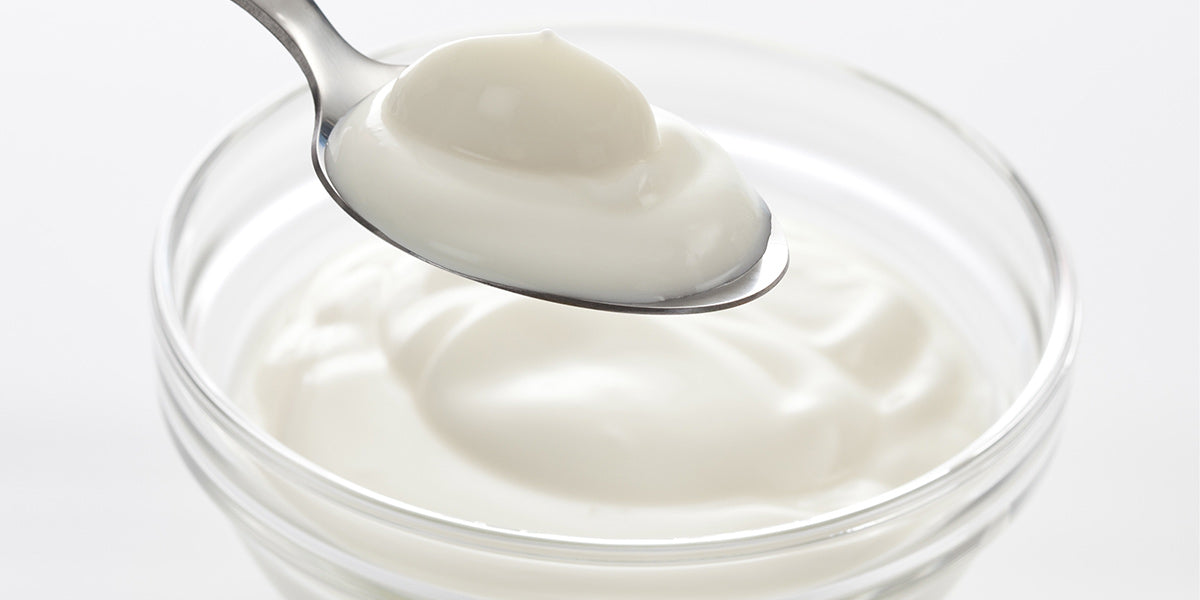Probiotics” are the bacteria (and some other microorganisms) that benefit our health, and also come in the form of various foods. “Prebiotics” are the foods that help these bacteria flourish – and, it’s important that they do, seeing everything that they do for our health!
Here’s a list of each:
Probiotics
Yogurt is the most well-known probiotic food – and it’s also a testament to the great work of probiotics, given that most lactose intolerant people can handle it, despite the fact that yogurt is made from milk and has lactose. That’s because the bacteria’s fermentation process in the gut produces a substance called lactase, which relieves the discomfort to an extent. 1, 2
However, keep in mind that live bacteria can get killed off while processing some yogurt products; if you’re buying one, make sure it has “active” or “live cultures” written on its label.
Other probiotic foods are gherkins, unpasteurised cheeses, Asian foods like kimchi, miso, and natto, and European drinks like kefir and kvaas.
Prebiotics
Foods high in dietary fibre that can be fermented by the bacteria in our gut are considered to be prebiotics.
Statistically, Indians eat about half the amount of fibre they should. The recommended dietary fibre intake is between 25 and 40 grams a day for adults, and most of us don’t even come close to hitting that target. 3
Fibre-containing foods have 1 to 3 g of fibre per cup. These include whole grains, legumes, dried fruits, seeds (quinoa, amaranth, fenugreek seeds, chia seeds, flax seeds etc.) and some fruits and vegetables (bananas, apples, carrots, broccoli, Brussels sprouts and spinach).
Fibre supplements and fibre-fortified foods are also great ways to add to your daily fibre intake.
Additional Tips
Antibiotics kill both the good and bad bacteria in the body, which can cause its own set of problems (for instance, 20% of patients who take antibiotics experience diarrhoea 4), making it important to eat plenty of probiotic-rich and prebiotic foods to balance it out.The number of live bacteria in probiotic products or supplements is measured by their “Colony Forming Units” (or CFU). It’s a good idea to check this number when you’re at the store, because, unfortunately, many probiotic supplements have only a few million bacteria, whereas you need doses of billions to make a difference!
And there’s no doubt that we could do with that difference.
References:
1. Tuohy KM, et al.Drug discovery today 2003, 8(15): 692-700.
2. Trenev N. Probiotics: Nature’s Internal Healers. Avery Publishing Group, 1998.
3. Slavin J. Nutrients 2013, 5(4): 1417-1435.
4. Marteau P, et al.British Journal of Nutrition 2002, 88(S1): s51-s57.




Leave a comment